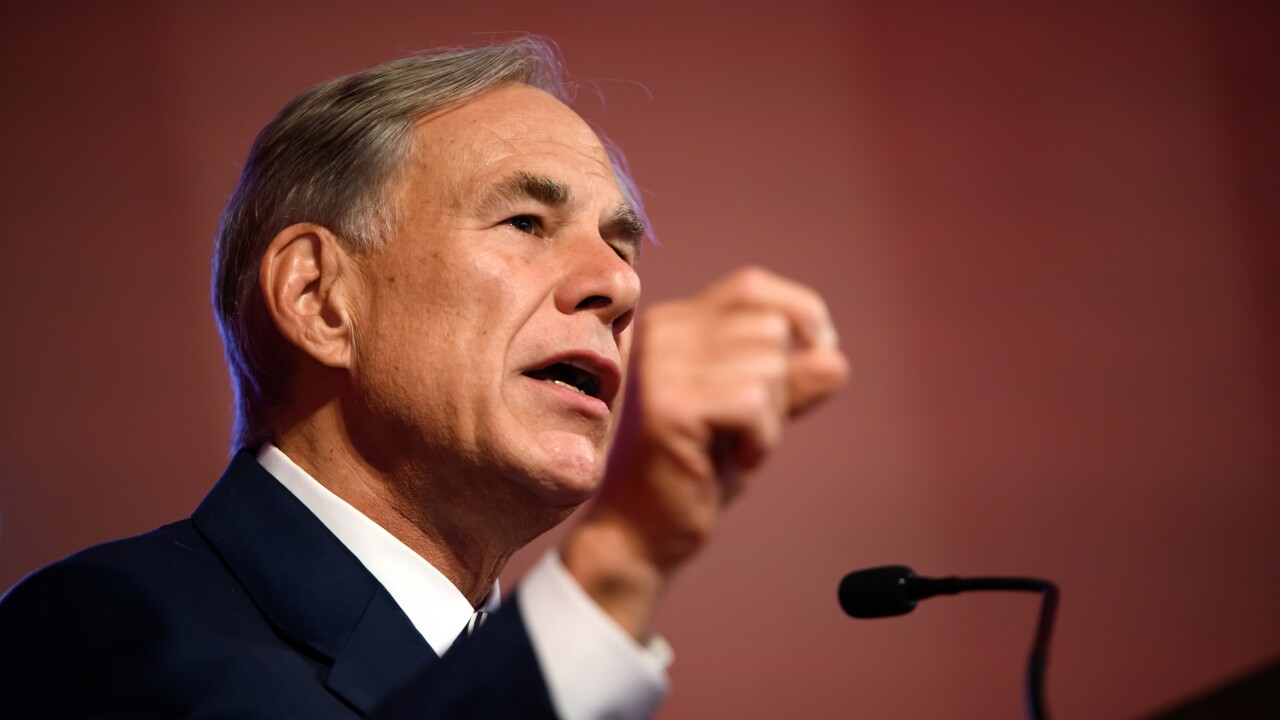
DALLAS – Record low natural gas prices will benefit the public power industry in 2016, providing more flexibility on rates as energy providers continue to shift away from coal, according to Fitch Ratings analysts.
"We expect low natural gas prices to support strong operating margins and provide headroom for rate increases necessary to mitigate other escalating costs and, in some cases, lower total charges to ratepayers," Fitch analyst Dennis Pidherny wrote in an outlook piece Dec. 17.
Supplies of natural gas have grown rapidly amid widespread use of hydraulic fracturing of shale plays throughout the United States in the past decade.
January natural gas futures fell by 2% and closed at $1.80 per thousand cubic on Dec. 17. Prices are down 24% in December.
Fitch lowered its 2016 forecast assumption for U.S. natural gas earlier this year to $3.25 per thousand cubic feet, or mcf, reflecting increasingly efficient US shale production and lagging demand growth.
In November, storage of natural gas matched 2012 record levels as weather forecasters called for a mild winter across most of the nation.
For the public power industry, the low gas prices will make the transition from coal-fired energy less costly.
For the first time ever, natural gas surpassed coal as the top source of electric power generation in the U.S. In April, about 31% of electric power generation came from natural gas, whereas coal accounted for 30%, according to SNL Energy report. In April 2010, coal accounted for 44% of the fuel mix and natural gas just 22%.
Looking at the public power sector more broadly, Fitch considers municipal power utilities and electric cooperatives well positioned to cope with near-term challenges in 2016, including recently enacted carbon regulations, persistent rate pressures and long-term threats to the traditional utility model.
"Although mandated reduction goals do not take effect until 2022, limiting the near-term effect on utilities, the rules are expected to influence strategic decision much earlier as utilities consider the expanded reliance on natural gas-fired generation, development of new renewable energy resources and application of demand-side energy efficiency necessary to comply," Pidherny wrote.
Falling cost curves for renewable energy resources also add momentum to more environmentally friendly sources of power.
"Overall, public power utilities and electric cooperatives should continue to benefit from favorable economic and market conditions, as well as robust access to capital markets," Pidherny wrote. "The outlook for the sector and its ratings are stable."
Moody's Investors Service also maintains a stable outlook on the public power sector.
"We expect that debt-service coverage and liquidity in the industry will remain stable in 2016," Moody's analysts wrote.
However, lack of growth in demand for electricity will put pressure on utilities to raise rates, Moody's said.
The U.S. Department of Energy estimates that growth in demand for electricity will be near zero or will decline next year.
"The industry's transition to cleaner sources of power is the main risk to our stable outlook," Moody's said. "The industry's ability to transition to cleaner power while maintaining customer rates and system reliability is uncertain and is a developing risk."
Public power electric utilities in the Midwest and Southeast, where coal-fired generation accounts for more than 70% of the total power supply, will be the most affected by environmental mandates, Moody's said.
"Also, several public power electric utilities have long-term debt outstanding on new coal-fired generation units that only went into commercial operation after 2010," according to Moody's. "There is a risk that some utilities will face stranded cost pressure."
Capital plans in 2016 will improve distribution systems aimed while increasing reliability, Moody's said.
Among the major public utilities, Arizona's Salt River Project is considering development of up to 900 megawatts of new gas-fired peaking facilities to help integrate more renewables into its supply mix and replace some of its coal-fired generation by 2022.
In Texas, San Antonio's CPS Energy expects the 95 MW Alamo 5 solar facility to come online at the end of 2015, which would complete the installation of one-half of the facilities in the 450 MW solar agreement with OCI Solar Power.
In California, Sacramento Municipal Utility District's capital improvement plan includes a new transmission line and pumped storage facility that is intended to ensure system reliability as more renewable energy is included in the supply mix.
In Utah, the Intermountain Power Agency expects to develop a minimum 600 megawatt natural-gas-fired plant at the Intermountain Power Project site by 2025, effectively replacing a coal-fired plant.
In the Midwest, American Municipal Power Inc. has built 350 megawatts of new hydroelectric facilities at four sites along the Ohio River, which are set to go into commercial operation over the next year.
In the Southeast, South Carolina Public Service Authority is a 45% owner and participant in financing the 2,200 megawatt carbon-neutral Summer Nuclear Units 2 and 3. The project is 50% completed and the units are scheduled for commercial operation in 2019 and 2020, respectively, Moody's said.





